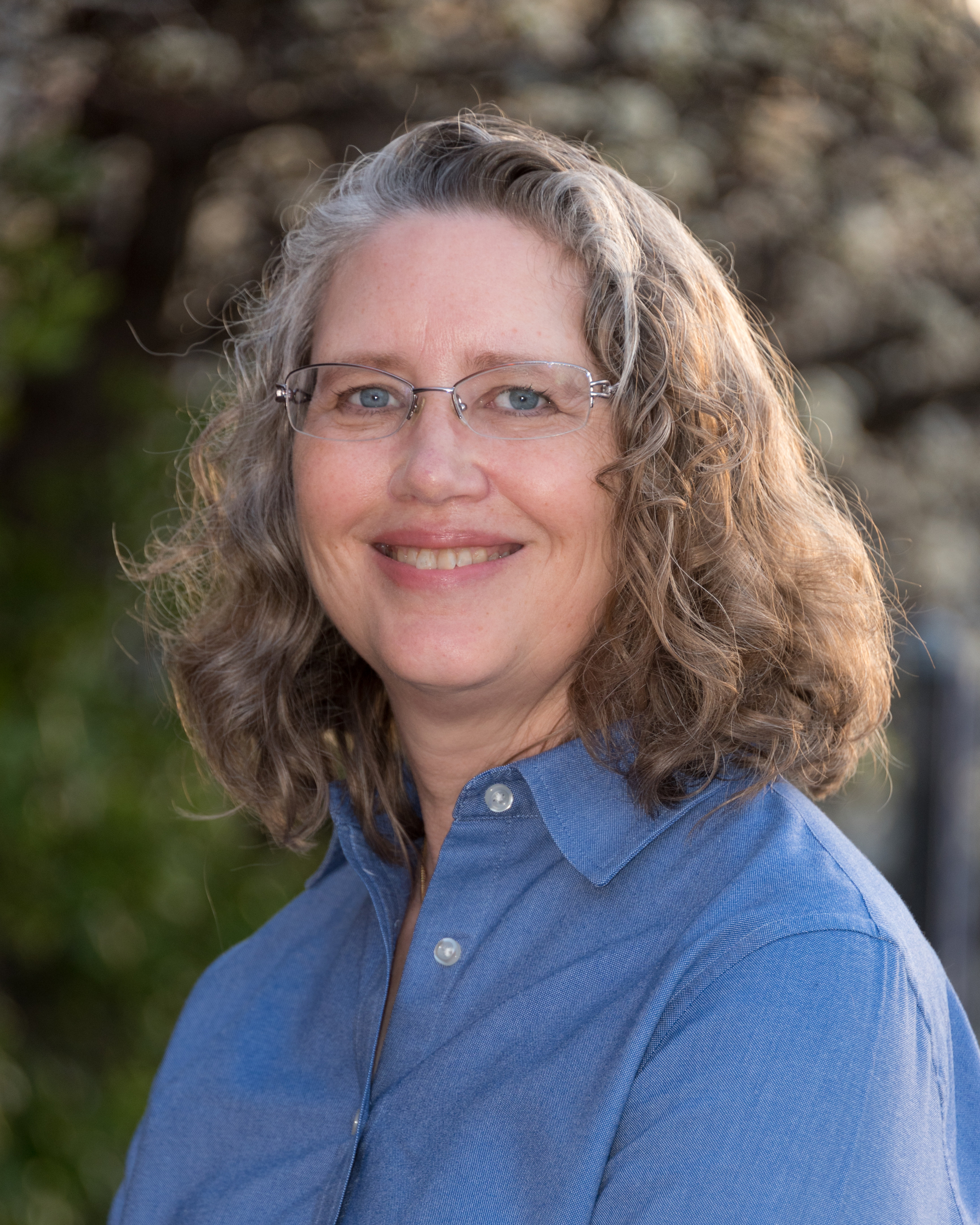May is Mental Health Awareness Month, and it does need a month. Mental illness is a topic which often goes undiscussed, remaining hidden, despite its widespread presence. Mental illness is not well understood, and it’s a frightening concept. It attacks the very core of our identity. We hear about treatment, but, far too often, there is no cure.
Then there is the shame. Many people are embarrassed to speak about mental health issues in their family, as if it somehow reflects poorly on them. People don’t feel that way about physical illness, even when it’s a genetic disease that is handed down from one generation to the next. But we do often feel that way about mental illness.
So I’ll just say it right here: I never met either of my grandfathers. One died of a heart attack while my father was still in college. The other one killed himself when my mother was still a child. And right now, my mother-in-law is suffering from an advanced stage of Alzheimer’s. So, yes, there is a history of mental illness in my family, and it is both sad and scary.
One of the things we fear the most is the unknown, so when we don’t talk about a thing, it becomes even more frightening than it is on its own. That is why Mental Health Awareness Month is so important. It encourages us to bring issues of mental health out of the shadows and into the light of day.
Congregation Rodef Sholom in San Rafael, under the leadership of Rabbi Stacy Friedman, is in its second year of a mental health initiative that works year-round to reduce the stigma related to mental illness. In observance of Mental Health Awareness Month, there is a new art installation called the “Tree for Life” in the lobby of the congregation. It is in the shape of a tree, and nearby there are pens and paper leaves.
Congregants and visitors are invited to either “Unburden your heart” about how mental illness impacts them or someone they love, or to “Share your hope, dream or prayer” about what a supportive community would look like. They are encouraged to write their thoughts and feelings regarding these prompts on a paper leaf, and to attach it to the tree. Everyone is also encouraged to read what is on the leaves others have written.
It is a beautiful, powerful statement. You can’t miss it when you walk in the front door. It is impossible not to be moved by how pervasive mental illness is in our community, even while so few people speak about it. It represents an outpouring of pain, hope, and love.
“We pray for our son that when he comes to Rodef Sholom he will be greeted by a warm smile and a friendly hello,” says one. “Living with depression means every day, getting up and getting going is a struggle,” says another. A third reads, “May I be unafraid to hold the hand of a loved one who is in pain.”
Then there is one that says, “One fall evening 30 years ago, my father-in-law and 5 year old daughter with an autism-spectrum disorder were walking around the block. My daughter said, ‘The leaves are walking, too.’ She has some charming ways of seeing things in different ways than most of us.”
These stories are all around us, and they deserve to be told in the full light of day. I am proud to be a member of a congregation which is taking on this challenge, and putting it front and center in our congregation.
—————-
“Like” the “>follow me on Twitter.























 More news and opinions than at a Shabbat dinner, right in your inbox.
More news and opinions than at a Shabbat dinner, right in your inbox.